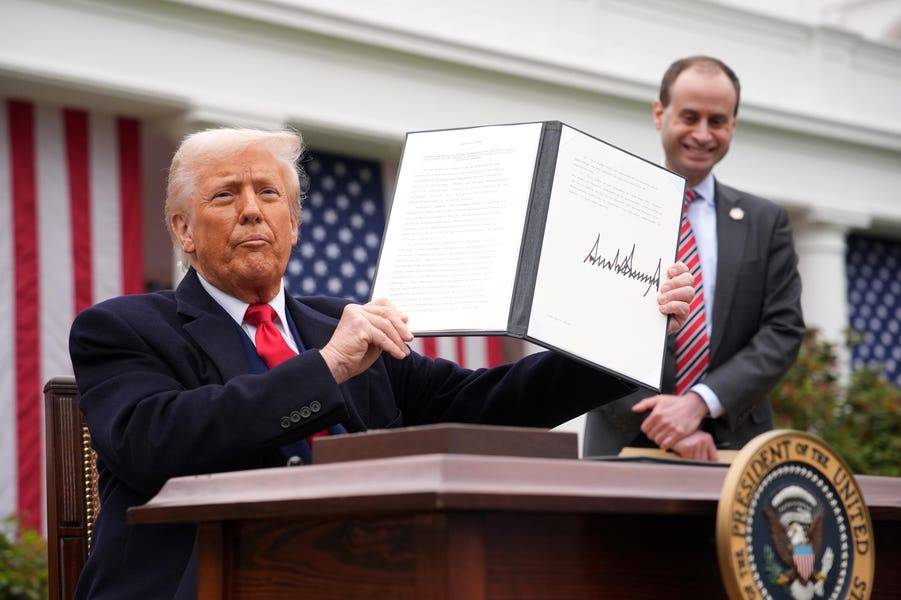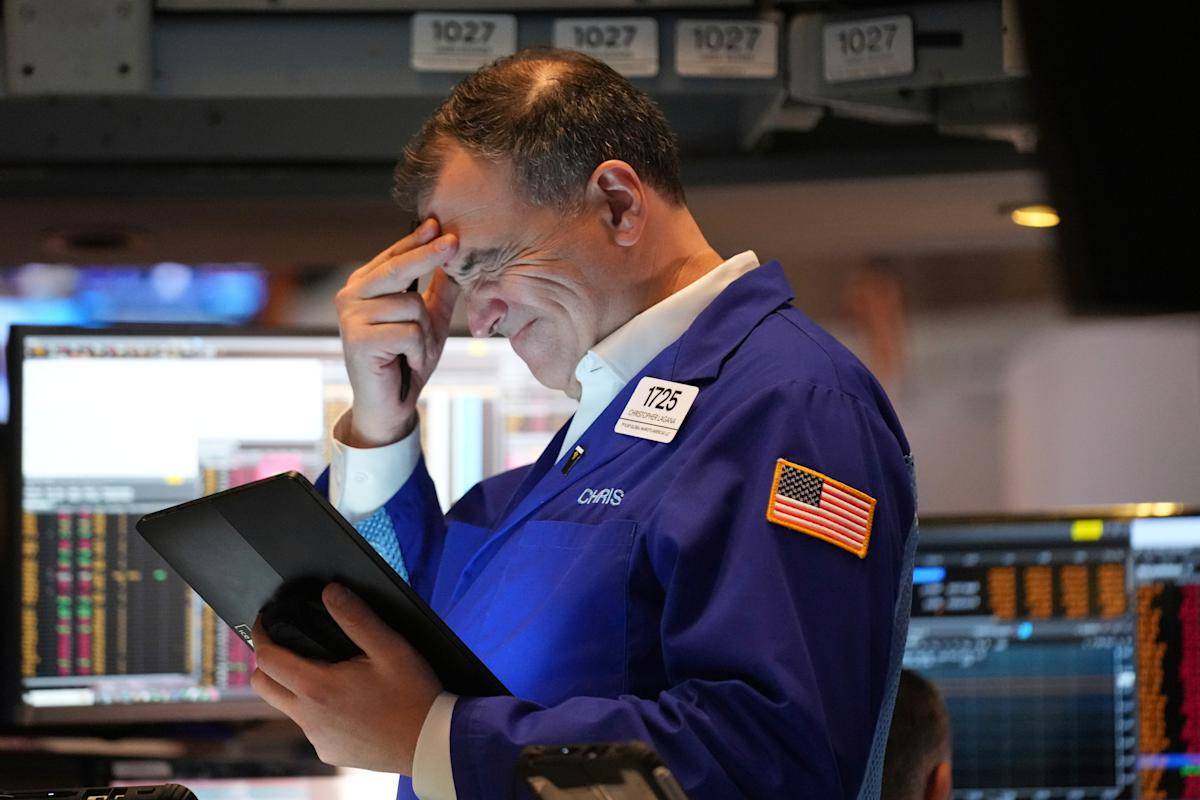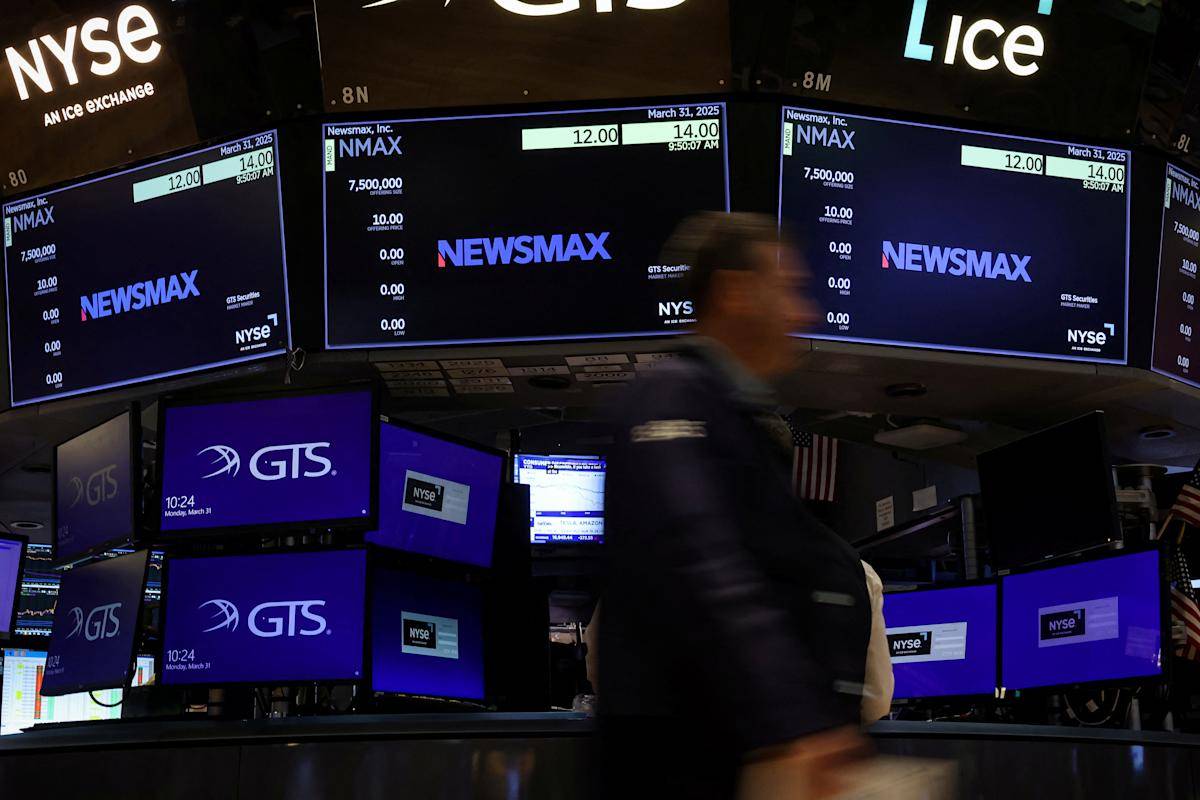The recent announcement by President Trump of new tariffs has raised significant concerns among small businesses and economists. These tariffs, aimed at addressing trade deficits, introduce a broad 10% tariff on imports from all countries and reciprocal tariffs on about 60 nations that impose higher duties on U.S. exports. This move is expected to increase costs for both businesses and consumers, potentially driving up inflation and affecting job stability.
Industry leaders, such as Gary Shapiro from the Consumer Technology Association, have criticized these tariffs, labeling them as “massive tax hikes” that could lead to recession. Michelle Korsmo, CEO of the National Restaurant Association, also expressed concerns about the impact on food and packaging costs, which will likely be passed on to consumers. The ripple effect is highlighted by a small business owner in Alaska, who estimates that the cost increase due to tariffs will be around 18%, significantly impacting his bottom line.
For small businesses, managing these additional costs will be challenging. Many are worried that increased import prices will disrupt their supply chains and force them to either absorb higher costs or raise consumer prices, potentially leading to a decrease in demand. Economists also highlight that tariffs can hinder investments in technology and training for workers, as more resources are allocated to deal with tariff-related expenses.
Critics argue that the broader economic impact could be significant, potentially leading to economic uncertainty. The tariffs were implemented under a national emergency declaration, allowing the president to bypass congressional oversight and shielding the administration from lawsuits related to these tariffs. However, concerns remain about whether the measures will effectively address trade imbalances or simply add another layer of complexity to international trade dynamics.
In recent years, global supply chains have become increasingly interconnected, making it difficult to predict the full extent of tariff impacts. As economic interdependencies grow, the effects of tariffs can be far-reaching, influencing not just businesses but also consumer behavior and broader economic stability. In this context, small businesses face significant challenges in adapting to these new tariffs, highlighting the need for strategic planning and government support to mitigate potential economic fallout.
While President Trump encourages companies to build their products domestically to avoid tariffs, this solution might not be feasible or practical for all businesses, especially those with established international supply chains. The ongoing debate over tariffs underscores the complex relationships between trade policies, economic growth, and job creation, requiring a nuanced approach that considers both domestic and global economic dynamics.
Overall, the impact of Trump’s tariffs on small businesses will likely be multifaceted, affecting operational costs, profit margins, and the capacity to invest in future growth. As these tariffs reshape the market, businesses must navigate new challenges and opportunities, adapting their strategies to remain competitive in a changing global economic landscape.









